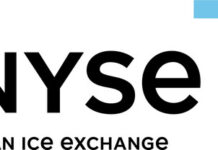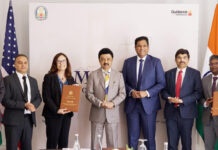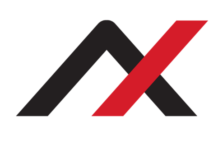By Abhishek Agarwal, President, Judge India – Global Delivery, The Judge Group
The business landscape has been impacted by the globalization of individual companies and capital markets over the years. It has been further impacted by the pandemic. All these pressures induced firms to innovate or reduce costs at different levels which were not easy. These changing trends have pushed companies to manage their assets as effectively as possible, especially their human assets.
Like any other important department of the organization, HR strategies have also changed to become more conducive to today’s environment. On one hand, the focus has been overall employee engagement where HR practices elicit high levels
of motivation, skill and attitudes that encourage employees to contribute proactively and stay loyal to the company. On other hand, the focus is being put on reducing costs associated with human resources to improve efficiency.
HR leaders must urge hiring managers to try to look beyond the primary needs of their business, and evaluate what skills the organization desires for the greater good, to prosper in the future. This can be achieved by changing the question from
“What do I need in a candidate?” to “What do we need as an organization?” Recruiters should target the skills and capabilities in the market and look at in-house talent too. They should look for candidates who are agile & learn quickly, especially with the ubiquity of remote work due to Covid-19.
What is necessary, is to try and discern candidates’ expectations in the recruiting process. Recruiters need to craft and develop roles and positions for candidates, just like brand crafts and tailors its products for the changing needs and demands of customers. One way of doing this could be customizing the position for the job seeker, by offering an elastic job description, and building the position based on the employee’s interests and strengths, after having known her and correctly gauging her skill sets. The hiring mechanism in today’s times cannot remain the same, and talent acquisition strategies have to be changed for the better.
For instance, the hiring of telework professionals need not be at the local level. Since the pandemic has already normalized work-from-home, hiring such professionals that can work remotely should be encouraged and not be based on geographical proximity. It is important to strike a balance between traditional or existing HR practices and the implementation of new ones. For example, a recruiter may conduct a lengthy hiring process & take more time to select the right candidate for the job. This time taken translates to money. Likewise, undertaking regular training sessions for the pre-existing staff also costs money & time. Thus, balancing all these different HR practices, and evaluating them from time to time, boosts performance and productivity and delivers desired results.
A coherent HR strategy is needed with many complementary practices that build the skills and commitment of employees. This in turn will help in better performance of core tasks, going beyond the call of duty, willingness to share knowledge and lower attrition rates. With mid-sized companies employee selection, which means hiring people for the specific job only; workforce
management, which means emphasizing tight controls and monitoring day-to-day activities of the employees and focusing on motivation and retention via incentives, cultural bonding or another kind of rewards will build larger cohesiveness within the organization.
Post Covid-19, artificial intelligence (AI) technologies have been adopted more. According to research by PricewaterhouseCoopers (PwC), about 40% of companies’ HR departments internationally are making use of artificial intelligence for their HR operations. Tasks related to data entry, scheduling of work, management and IT assistance are being done with AI-based applications.
According to a survey by LinkedIn, around 35% of talent connoisseurs and recruiting administrators are already hiring people by the use of AI procedures. These HR processes are crucial as they conserve time and allow organizations to concentrate on other important aspects of work. Even if an applicant has a flawlessly standard curriculum vitae, employers should use AI software and the like, before talking to them personally.
One of the big drawbacks of HR is not focusing on ’employee value’. Frequent fresh hiring should not be tantamount to poor retention. Increasing competition often hinders the productivity of the workforce. Thus, HR culture should invest in increasing collaboration between colleagues and co-workers.
Although this has become a challenging phenomenon due to ‘work-from-home’, employees these days don’t merely look for monetary or financial incentives from their employer but seek more flexibility and new experiences. Approachability is another aspect that employers and HR managers need to incorporate into the workplace culture. Frequent conversations with managers, heads and senior executives foster confidence and high self-esteem in an employee, thereby enhancing their productivity and loyalty to the organization.
HR executives and recruiters need to keep in mind that the majority of the workforce globally, consists of ‘passive talent’, or those people who are receptive to considering new employment opportunities. The concern that HR professionals need to address is, what devices and policies can be utilized for adapting to an ever-changing job market, reaching out to and recruiting the most promising, and also engaging with this pool of passive aspirants and retaining them. Managing people is a complex job and this requires profound expertise and the development of coherent responses to achieve the right outcome in these changing times.



































